I want to use a narrow band active bandpass filter but I found generally 2 topologies as seen below. What are the differences between them?


- 99
- 5
2 Answers
The first one is an active narrow band pass filter The lower one is a Multiple feedback topology
You can read details about them here here and here page 16-31
here is a design application for the Multiple feedback filter
- 1,287
- 8
- 18
-
Thanks for replying. what are the technical differences between them? I mean which one is better to use? – mehmet Aug 28 '19 at 05:46
-
The differences are exactly what Andy wrote. Which one to use ? Well that depends entirely on the application. – Sorenp Aug 28 '19 at 11:35
The first filter works but has limited capabilities in that the Q factor of the circuit is unalterable and quite a moderate/low value hence you don't get much out-of-band rejection. It is equivalent to a single order high pass followed by a single order low pass with a fixed Q of 0.5 (fairly low).
The 2nd filter is capable of delivering higher values of Q and this depends on the ratios of resistors and capacitors used. Given that it can deliver higher Q values, a much peakier (or narrow) band-pass filter can be made with superior band rejection. It is called a multiple feedback band-pass filter.
If you open the link and put values in for R1 and R2 at 1000 ohms and vary R3 up to some arbitrarily high value you will see that Q can be raised quite high.
- 434,556
- 28
- 351
- 777